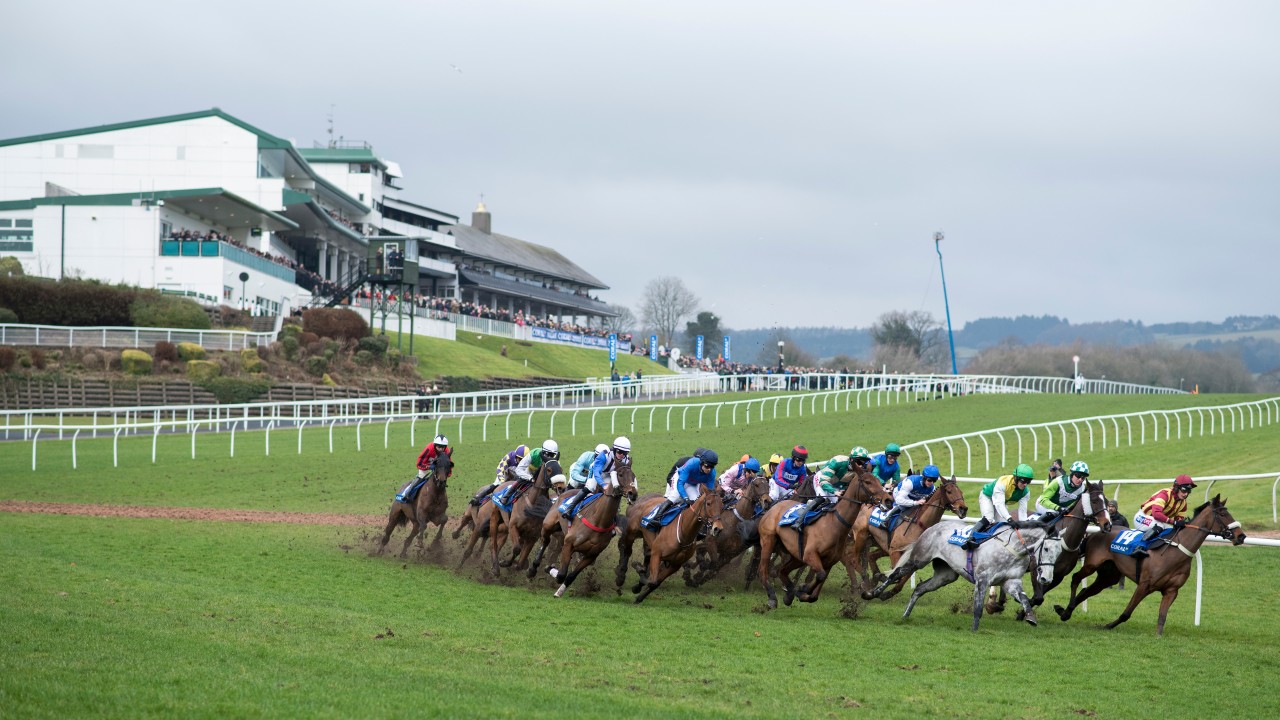How Many Jumps In The Grand National
The Grand National is renowned for being one of the most difficult horse races in the world. The gruelling four and a half mile course has 30 jumps of varying difficultly. Of the 16 fences which make up the National course six of the jumps have become famous in their own right. Becher’s Brook, Valentines’ Brook, The Chair, Canal Turn and Foinavon are names which are known throughout the world. These fences are woven into the very fabric of the Grand National race. How many fences does the winning horse have to jump in the grand national? On which racecourse is The Grand National annually held? Which fence, named after a soldier, have jockeys compared to 'jumping off the edge of the world.' Which horse (ridden by jockey Davy Russell) won both the 2018 and 2019 National? How many jumps are there in the Grand National? Horses have to jump 30 fences during the Grand National. What time is the main race? The main race at the. The Grand National Fences. 1 & 17: Thorn fence, 4ft 6in high, 2ft 9in wide – The first often claims many victims as horses tend to travel to it far too keenly. As described above, the drop on the landing side was reduced in 2011. 2 & 18: Almost the same height as the first but much wider at 3ft 6in. Prior to 1888, the first two fences were located halfway between the first to second.
Australian Racing: The Grand National Hurdle
By Kristen Manning
Victoria’s version of The Grand National Hurdle, a race which boasts a 136 history, has seen many changes in recent times – switching from its traditional venue at Flemington to Sandown.
In 2015 run at Warrnambool whilst work took place at Sandown, it is probably the only feature race to have been run on some many different tracks!
Which detracts nothing from the quality of the race, a tough test with an honour roll that includes some of the great Australian jumpers.

As we prepare for this Sunday’s edition, one that has attracted a field of ten horses from Victoria’s leading jumping stables, it is timely to have a look back at some of the great Grand National winners.
An historic stand-out is the 1888 version won by Malua, a remarkable race for a couple of reasons – firstly because the winner was an entire, secondly as he was ridden to victory by his owner John Inglis and thirdly because the horse had five years previously won the Melbourne Cup!
Generally acknowledged as the most versatile high class horse ever to race in Australia Malua, whose career kicked off with three wins in Tasmania at two (then named Bagot), also won two feature sprints (the Newmarket Handicap and the Oakleigh Plate) as well as an Australian Cup, an Adelaide Cup, a Geelong Cup and a Melbourne (Mackinnon) Stakes.
How Many Jumps In The Grand National Day
And to put a seal on his great career, Malua went on to sire a number of stakes winners including a Melbourne Cup winner (Malvolio), a Caulfield Cup winner (Ingliston) and a Newmarket Handicap winner (Maluma).
The following year’s Grand National was won by just as remarkable a horse, the incredible Redleap. A horse who wrote his name in history books despite racing just seven times; his career hindered by recurring bouts of laminitis. He ovecame that significant setback to win the Grand National on two occasions; the first with 61kg, the second three years later with 74 1/2kg. Which was somewhat of a light impost compared to the 84kg and 88kg he carried to steeplechasing feature victories!
Don Quixote carried all the more winning the 1884 Grand National with 76kg whilst in 1930 the champion Mosstrooper took out the race with 74 1/2 kg, also taking out the Grand National Steeplechase.
In 1943 tough mare Claudette claimed a Grand National and like Malua she was also high class on the flat, winning three stakes races and finishing third in Spearfelt’s Melbourne Cup.
How Many Jumps In The Grand National Bank
The early 1970s saw Robert win a pair of Grand Nationals, an achievement equalled by Airmond in 1980 and 1982 and by Sir Agrifo in 1987 and 1989 – the era of Jim Houlahan domination.
What a remarkable story Jim Houlahan was, not embarking on his training career until the age of 57, from thereon cheering home seven Grand National winners – one of many feats that saw him inducted into the Australian Racing Hall Of Fame in 2004.
One of his finest jumpers, Sir Agrifo competed in no less than five Grand National Hurdles.
The year after Sir Agrifo’s second Grand National success Sharp As won the big race, a horse whose great natural talent made him a yardstick, this statement so often heard… “the best since Sharp As.”
2002 saw Zabenz by champion stallion Zabeel claim victory by ten lengths. And he took that form with him overseas, a couple of months later winning a feature steeplechase at Saratoga.
Five years later Some Are Bent was a dominant winner and his brother Black And Bent made it a family affair winning the 2011 and 2013 editions, the second of those at his final outing… going out in style!
Another story will be told on Sunday, be sure to tune in.
Kristen Manning is a freelance racing writer and pedigree analyst based in Melbourne. A keen owner/breeder who loves every aspect of thoroughbred horse racing, she has written two books focusing on the deeds of Fields Of Omagh and Prince Of Penzance.
The following two tabs change content below.- Ethereum Update: $2000 in Range - March 9, 2021
- The Bitcoin Report - March 9, 2021
- China and the High Tech Future - March 9, 2021



